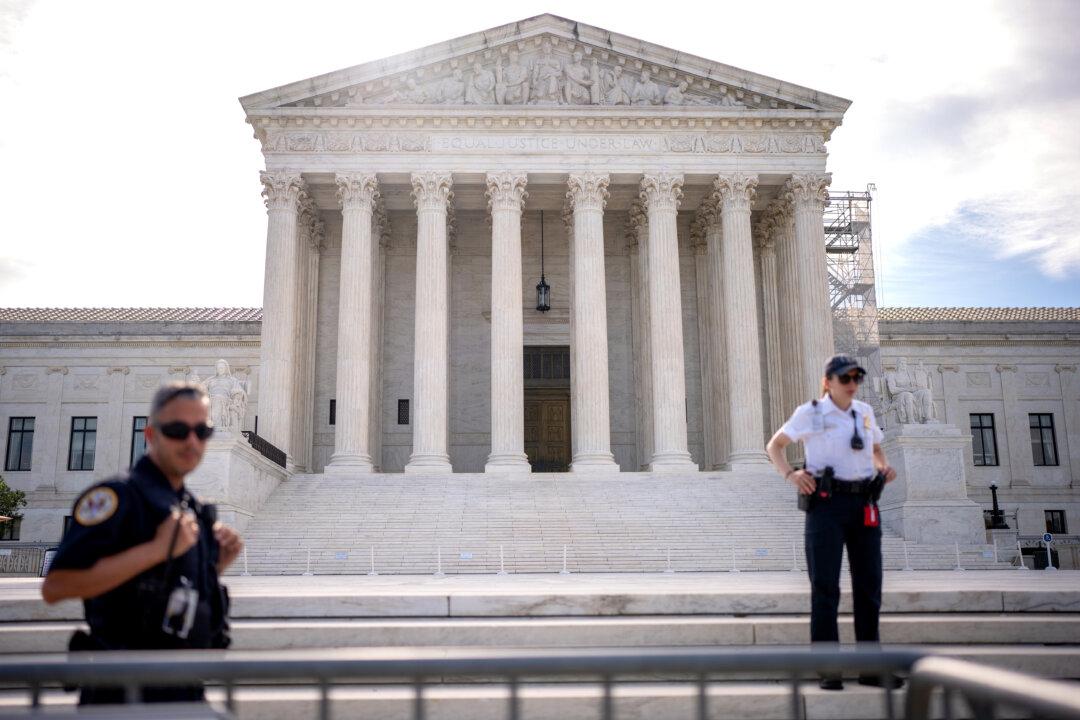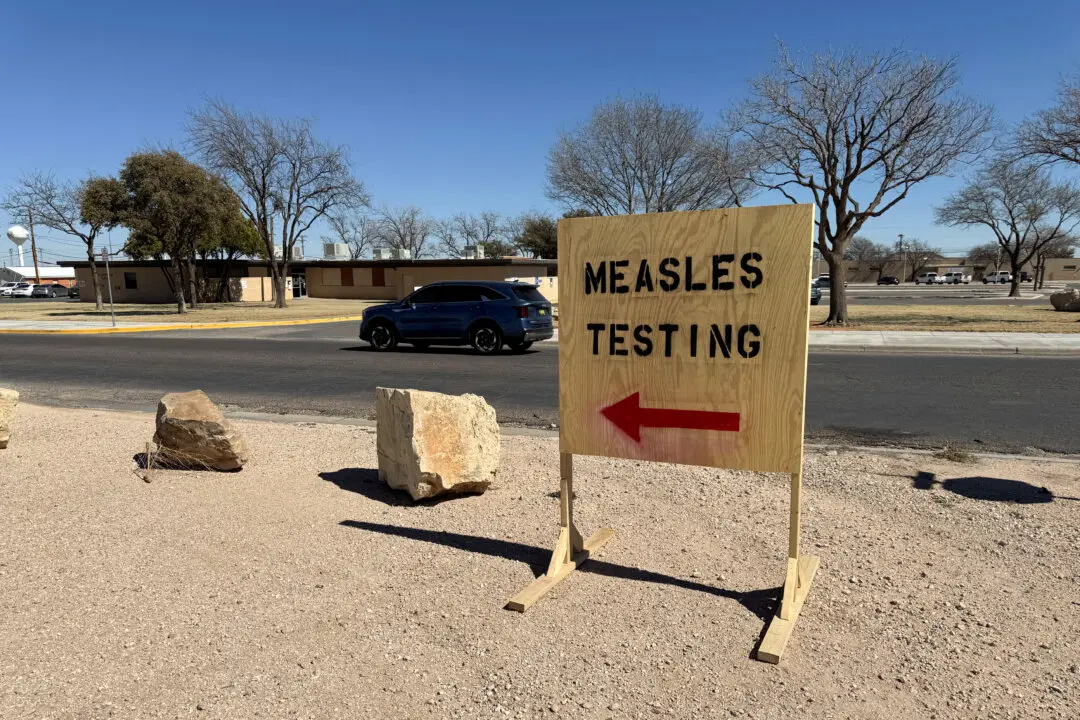“In 2022, 1,761 out of 3,192 tested beaches nationwide (55 percent) experienced at least one day on which fecal contamination reached potentially unsafe levels—that is, exceeding EPA’s most protective ‘Beach Action Value,’ a conservative, precautionary tool states can use to make beach notification decisions,” reads the Safe for Swimming report, which was released this week.
“Beaches may also have experienced contamination on days when testing did not take place.
“And 363 beaches—approximately one out of every nine beaches tested nationwide—had potentially unsafe levels of fecal contamination on at least 25 percent of the days on which testing took place.”
The group, citing a study, stated that there are roughly 57 million cases of illnesses in the United States resulting from swimming in lakes, rivers, ponds, and oceans, with the vast majority of cases going unreported. Some symptoms of illnesses caused by contaminated water include eye and ear infections and skin rash.
“Contaminated water can also trigger health warnings or closures that interfere with our ability to enjoy the beach,” it stated. “There were more than 8,700 health warnings or closures at U.S. coastal and Great Lakes beaches in 2022, affecting one out of every 12 swimming days.”
It cited “outdated” infrastructure, including sanitary systems, for the increase in beach fecal bacteria levels, as well as sprawling development near coastlines.
“Sewage is a particularly dangerous threat to beach safety because it contains bacteria, viruses, and parasites that are prone to cause disease in humans. Unfortunately, sewage infrastructure around the country is inadequate or in poor repair, enabling raw sewage to find its way into our waterways,” it stated.
Gulf Coast beaches had the highest levels of contamination, with 84 percent recorded as having potentially unsafe water on at least one day in 2022. West Coast beaches, too, were considered highly contaminated, with 70 percent having possibly unsafe water during at least one day of testing, according to the report.

Beaches in Alaska and Hawaii appeared to have the lowest contamination levels, with 24 percent. East Coast beaches recorded 48 percent, and 63 percent of Great Lakes beaches had unsafe levels of bacteria during at least one day last year, according to the report.
Response
In a statement to media outlets, the EPA stated that “program beaches on U.S. coasts and along the Great Lakes were open and safe for swimming 92 percent of the time in 2022” and that “these jurisdictions took water samples at swimming beaches to see if levels of specific indicator bacteria exceeded the applicable water quality standards.”But Keith Lambert, a 30-year pollution control worker, said polluted water can be just one source of bacterial illness.
“I think the cold, hard truth is you can pick up a bad actor—germs, species or bacteria—on any given day from a host of sources, one of which is the body of water you’re wading in,” Mr. Lambert told Fox. "It all comes down to being at the wrong place at the wrong time.
“Our ecosystem is organic, and we’re constantly contributing inorganic and harmful elements into it, so it’s a recipe for increased negative interactions.”
Ryan Searcy, a water quality researcher at Stanford University, told Yahoo News that beachgoers should follow some precautions.
“There’s a few rules of thumb: the first is trying not to [swim] at a beach during wet weather or within the last 3 days of wet weather,” he said.
People also shouldn’t swim “near piers or jetties that might cause water to stagnate and not circulate,” and individuals should be “cautious not to swim near flowing storm drains or rivers.”





